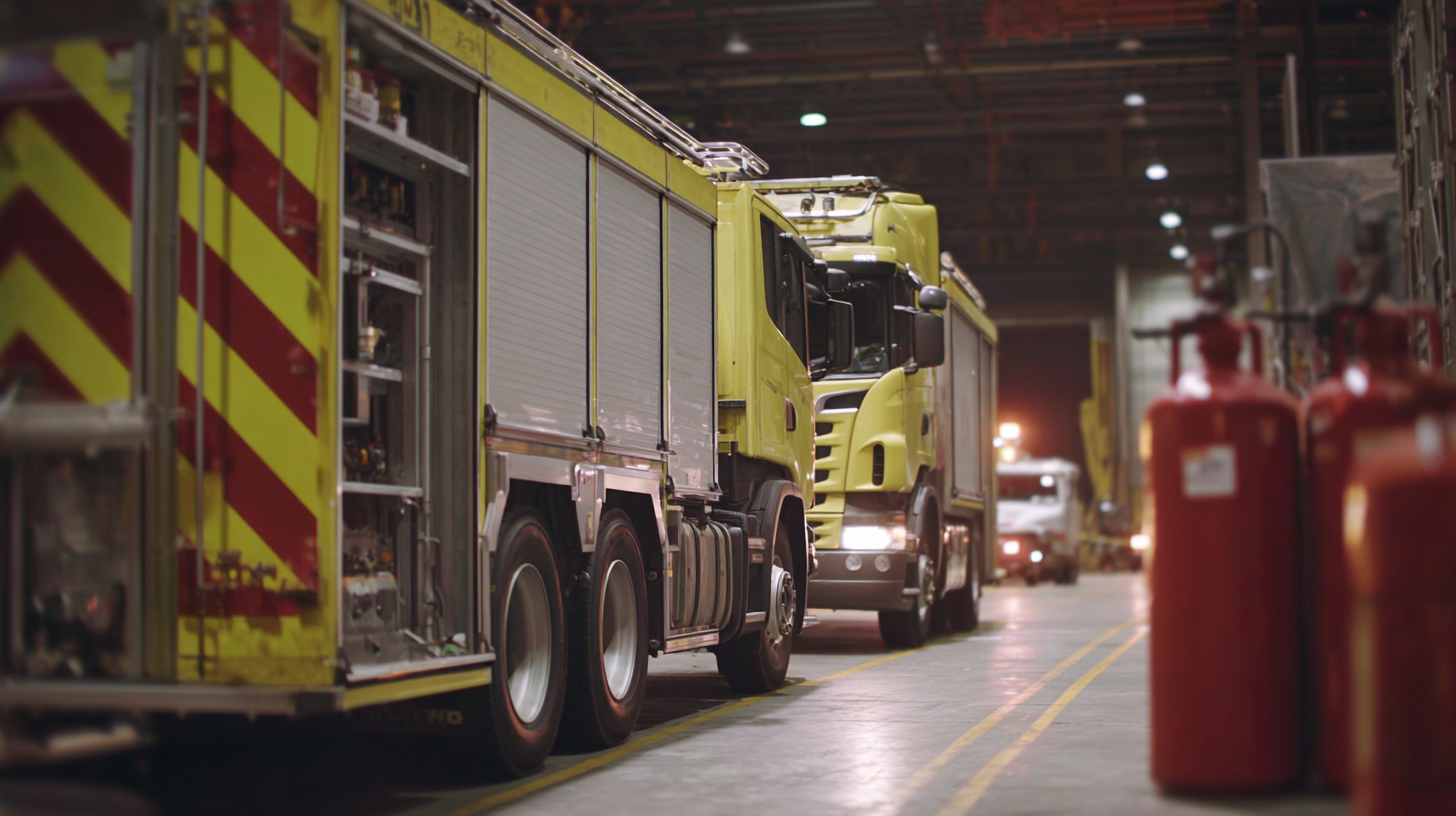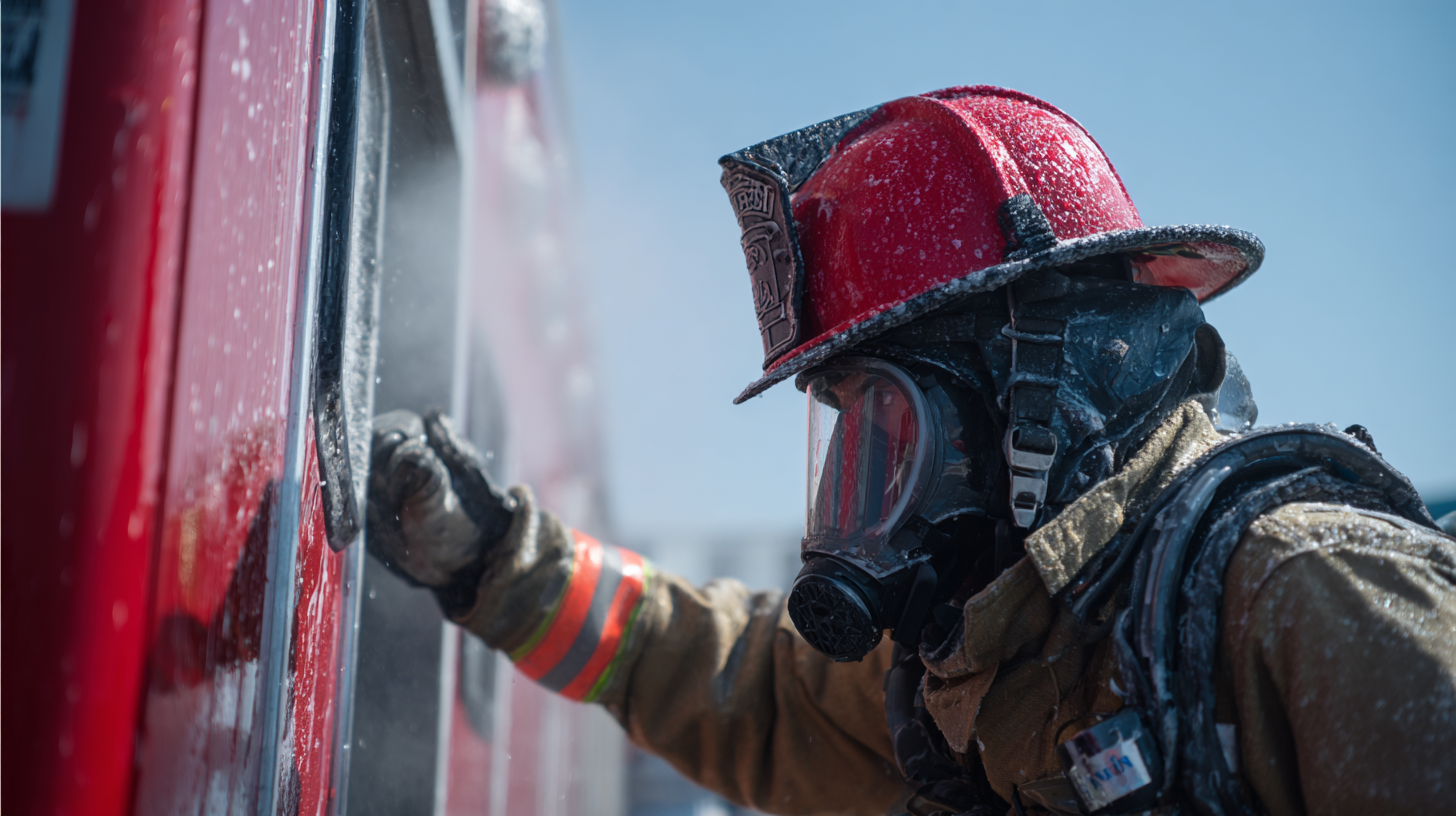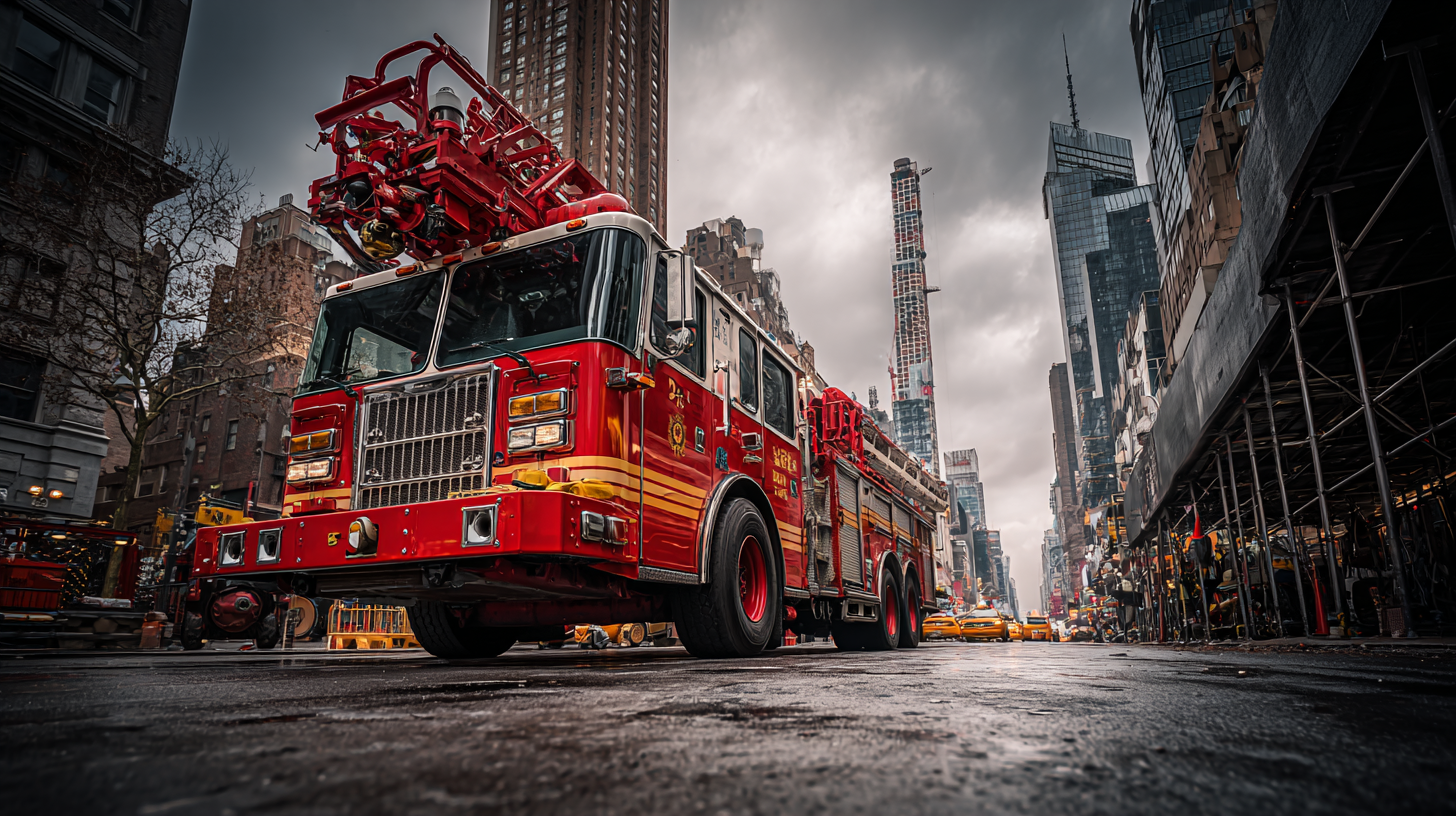Real-World Applications of the Best Fire Equipment for Global Safety Standards
In today's rapidly evolving landscape of safety regulations and standards, the significance of high-quality fire equipment cannot be overstated. According to the National Fire Protection Association (NFPA), U.S. fire departments responded to an estimated 1.3 million fires in 2020, highlighting the critical need for advancements in fire safety technologies. These incidents not only result in property damage, costing billions annually, but also pose severe risks to human life. Global safety standards are increasingly prioritizing the effectiveness and reliability of fire equipment as essential tools in protecting lives and property.
 Innovations in fire extinguishers, alarm systems, and suppression technologies are being developed to meet these stringent regulations, ensuring that communities are better prepared to respond to fire emergencies. This blog will delve into the real-world applications of the best fire equipment available, examining how these solutions contribute to enhanced safety standards globally.
Innovations in fire extinguishers, alarm systems, and suppression technologies are being developed to meet these stringent regulations, ensuring that communities are better prepared to respond to fire emergencies. This blog will delve into the real-world applications of the best fire equipment available, examining how these solutions contribute to enhanced safety standards globally.
Innovative Fire Detection Technologies Shaping 2025 Safety Standards
 As we move toward 2025, innovative fire detection technologies are increasingly shaping global safety standards. The smoke detector market is projected to exceed USD 4.32 billion by 2032, driven by a growing demand for smart fire safety solutions across residential, commercial, and industrial sectors. The latest advancements in sensors, IT, and microelectronics have enabled the development of sophisticated fire detection systems that not only enhance safety but also provide real-time monitoring capabilities.
As we move toward 2025, innovative fire detection technologies are increasingly shaping global safety standards. The smoke detector market is projected to exceed USD 4.32 billion by 2032, driven by a growing demand for smart fire safety solutions across residential, commercial, and industrial sectors. The latest advancements in sensors, IT, and microelectronics have enabled the development of sophisticated fire detection systems that not only enhance safety but also provide real-time monitoring capabilities.
Tips for choosing the right fire detection technology include assessing the specific needs of your environment. For residential spaces, look for smoke detectors with smart features that can send alerts to your smartphone. In industrial settings, prioritize video-based detection systems that can monitor equipment and prevent potential hazards. It's essential to stay informed about the latest fire safety regulations, as seen in Vietnam's new fire safety requirements for mixed-use buildings, effective July 2024.
Companies and organizations should also consider participating in industry events to learn more about cutting-edge fire detection technologies. For example, events like Intersec 2025 will showcase advancements in fire safety, promoting collaboration and knowledge sharing that can lead to improved safety standards. Keeping abreast of these innovations ensures that you are prepared for the evolving landscape of fire safety regulations and technologies.
Advancements in Fire Suppression Systems for Enhanced Global Safety
Advancements in fire suppression systems play a crucial role in enhancing global safety standards, as evidenced by the expected growth of the global fire alarm equipment market. According to a recent report by Custom Market Insights, the market is projected to reach a noteworthy USD 69,862.2 million by 2034, at a compound annual growth rate (CAGR) of 6.8%. This growth reflects an increased emphasis on developing innovative fire safety solutions that not only meet regulatory standards but also adapt to the evolving demands of various industries.
To ensure optimal fire safety, it's essential to stay informed about the latest technological advancements. For instance, integrating smart technology into fire alarms can improve responsiveness and real-time monitoring capabilities, allowing for quicker emergency responses. Moreover, investing in systems that offer enhanced detection methods, such as multi-sensor technology, can significantly reduce false alarms while increasing overall efficiency.
Tips for maintaining a top-tier fire suppression system include regular system checks and updates to ensure compatibility with the latest safety standards. Training staff on emergency procedures and the proper use of fire safety equipment can also be a game-changer, as preparedness is key to mitigating hazards effectively. As the market continues to grow, prioritizing these elements will significantly contribute to enhanced safety in any environment.
Advancements in Fire Suppression Systems for Enhanced Global Safety
This chart illustrates the advancements in various fire suppression technologies and their effectiveness in enhancing global safety standards over the years.
Integration of Smart Devices in Fire Equipment for Real-Time Monitoring
The integration of smart devices into fire equipment has revolutionized the way we approach fire safety and prevention. By leveraging advanced technology, fire equipment can now provide real-time monitoring and feedback. This means that smoke detectors, sprinkler systems, and fire alarms are no longer standalone devices; they are becoming interconnected systems that provide crucial insights through data analytics. With smart fire equipment, building managers can receive instant alerts regarding potential fire hazards, allowing for quicker response times and potentially saving lives and property.

Moreover, smart technology enables predictive maintenance of fire equipment, ensuring that every device is functioning optimally. Sensors can detect issues before they escalate, notifying maintenance teams about any required repairs or replacements. This proactive approach minimizes downtime and enhances the overall effectiveness of fire safety measures. As we continue to implement these innovations in fire equipment, our ability to meet global safety standards will significantly improve, fostering safer environments for individuals and communities alike.
Sustainable Materials in Fire Safety Equipment: A Step Towards Eco-Friendly Solutions
The increasing environmental concerns surrounding synthetic materials have propelled the development of sustainable alternatives in fire safety equipment. Recent studies highlight flame-retardant innovations using bio-based treatments for lignocellulosic natural fibers, signaling a shift towards renewable and biodegradable materials. The potential for eco-friendly solutions is vast; for instance, the non-halogenated flame retardants market is projected to grow from $3.74 billion in 2025 to $5.35 billion by 2034, reflecting a significant shift in the industry's focus towards environmentally-conscious products.
Additionally, the demand for novel construction materials that prioritize sustainability is on the rise. The coatings material segment is expected to reach $3.9 billion by 2030, influenced by growing needs in data centers and critical infrastructure sectors. Moreover, advancements such as PFAS-free fire extinguishers align with current trends towards greener and safer fire protection solutions. This focus on sustainable materials not only enhances fire safety but also aligns with global efforts to meet eco-friendly standards, highlighting an essential evolution in the industry.
Real-World Applications of the Best Fire Equipment for Global Safety Standards - Sustainable Materials in Fire Safety Equipment: A Step Towards Eco-Friendly Solutions
| Application Area | Equipment Type | Material Used | Eco-Friendly Rating | Compliance Standard |
|---|---|---|---|---|
| Industrial Facilities | Fire Extinguishers | Recycled Aluminum | A+ | ISO 14001 |
| Residential | Fire Blankets | Organic Cotton | A | NFPA 701 |
| Automotive Industry | Fire Resistant Gear | Bamboo Fibers | A+ | SAE J1349 |
| Healthcare | Fire Alarms | Eco-friendly Plastics | B | UL 268 |
Global Compliance Trends: Aligning Fire Safety Equipment with International Standards
The fire safety equipment market is witnessing significant growth, driven by the
increasing necessity for compliance with global safety standards.
According to a recent market analysis published by Custom Market Insights, the global fire alarm equipment market is expected to reach
USD 69.86 billion by 2034, growing at a
compound annual growth rate (CAGR) of 6.8%.
This surge is largely influenced by the expanding infrastructures, including data centers that require
advanced fire safety solutions to protect sensitive equipment, highlighting a critical area of focus in
fire safety compliance.
Moreover, the global market for fire doors and partitions is projected to experience steady growth,
with an estimated value of USD 31.30 billion in 2023,
expanding at a 4.3% CAGR from 2024 to 2030. These markets reflect the ongoing commitment to
aligning fire safety equipment with international standards, addressing both regulatory requirements and
the need for enhanced safety measures across various sectors. The demand for fire retardant cladding is
also on the rise, with projections indicating a market worth USD 6.45 billion by 2025,
growing at a rate of 5.8%. These trends exemplify the industry's proactive shift toward
ensuring compliance and improving safety standards worldwide.
